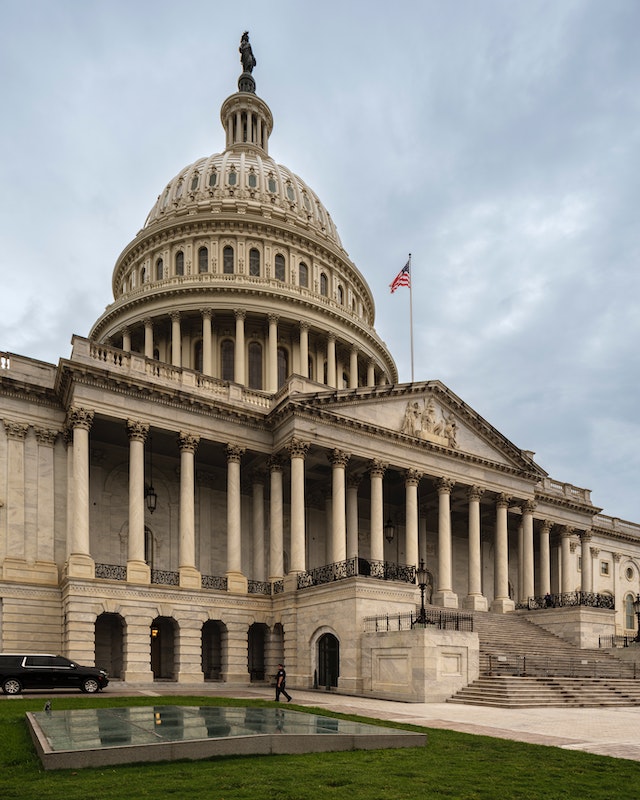In the hallowed halls of the United States Congress, a familiar drama is unfolding once again. The clock is ticking, and the pressure is mounting as lawmakers scramble to reach an agreement on government funding before the looming shutdown deadline. In this article, we delve into the latest shutdown showdown, examining the causes, potential consequences, and what it means for the American people.
The Shutdown Showdown Begins
As the end of the fiscal year draws near, Congress is tasked with passing legislation to fund the government. Failure to do so results in a government shutdown, a scenario that has become all too common in recent years. The deadline for this year’s budget is rapidly approaching, and the stakes couldn’t be higher.
Key Causes of the Impasse
- Partisan Divide: One of the primary reasons behind the recurring shutdown showdowns is the deep partisan divide in Congress. With Republicans and Democrats often at odds over budget priorities, finding common ground can be challenging.
- Policy Disputes: Beyond just funding, these budget negotiations often become battlegrounds for various policy disputes. Issues like immigration, healthcare, and defense spending can all be stumbling blocks in reaching an agreement.
- Short-Term Funding: In recent years, Congress has resorted to short-term funding measures, known as continuing resolutions, to keep the government running temporarily. These measures can lead to uncertainty and make long-term planning difficult.
The Impact of a Government Shutdown
A government shutdown can have wide-reaching consequences that affect both government employees and the general public. Some of the potential impacts include:
- Federal Employee Furloughs: During a shutdown, federal employees deemed non-essential may be furloughed, leading to financial hardship for thousands of families.
- Delayed Services: Government services ranging from passport processing to national park access can be disrupted or delayed, inconveniencing citizens and tourists alike.
- Economic Consequences: A shutdown can have a ripple effect on the economy, as contractors, businesses, and consumers may be affected by reduced government activity.
Possible Outcomes
As the shutdown deadline approaches, several outcomes are possible:
- Last-Minute Deal: Congress may come to an eleventh-hour agreement to fund the government, averting a shutdown.
- Partial Shutdown: In some cases, only certain government agencies or departments may shut down while others continue to operate.
- Shutdown Occurs: If Congress fails to reach an agreement, a government shutdown will commence, with the associated consequences.
The Need for Resolution
The ongoing cycle of shutdown showdowns highlights the urgent need for reform and bipartisanship in Congress. Finding a way to break the impasse and pass long-term budgets that address the nation’s priorities is essential to preventing future shutdowns.
In conclusion, the shutdown showdown in the US Congress is a recurring political drama that has far-reaching implications for government employees, businesses, and citizens. As the clock ticks down, the nation watches and hopes for a resolution that avoids the disruptive consequences of a government shutdown. Only time will tell whether lawmakers can set aside their differences and reach an agreement to fund the government and keep it running smoothly.












